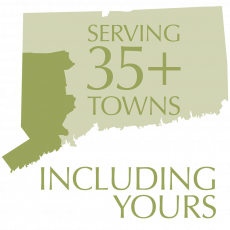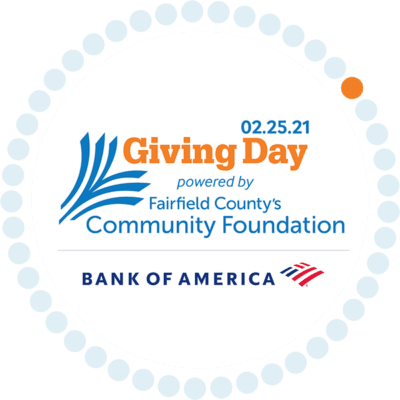We all know the frustration of calling a company for help, only to be transferred from person to person to person. Or worse, never reaching a live body at all. At RVNA, that’s not OK.
“Our goal is to give our customers the help and guidance they need — right from the first phone call, or as soon as they walk in the door,” says Melissa Woodhouse, RRT, MOT, OTR/L, CDP, manager of RVNA’s centralized Care Coordination Department. Woodhouse’s team fields calls from potential patients and family members, doctors, hospitals, and assisted living or rehab facilities, always with the same end goal: helping patients get the services they need.
“Often, when people contact us or come to us,” says Woodhouse, “they don’t really know what they need. Health care services and terminology can be very confusing. Our job is to listen to their concerns, gather the clinical information we need, and talk over what we can do to help.”
The Care Coordination Department represents all of RVNA’s services – in-home nursing and therapy services, onsite physical therapy and rehabilitation (Rehab by RVNA), and non-medical home care (HomeCare by RVNA) – so customers don’t have to make multiple phone calls to get what they need.
“It’s not unusual for patients to come to us needing several RVNAhealth services,” Woodhouse explains. “We’re able to line up just the right services to address their concerns.” RVNAhealth care coordinators are also able to help people navigate the often-complicated requirements of insurance coverage, a much-appreciated service.
RVNA’s Care Coordination team currently has six members: manager Melissa Woodhouse, RRT, MOT, OTR/L, CDP; Randie Cooper, Kendall Krafick, and Courtney Mead, who work the phones; and receptionists Norma Losito and Nancy Verses, who take the time to ensure that all RVNAhealth callers and walk-ins get to the right place.
Among the six of them, the team has a breadth of experience that encompasses home health, rehabilitation services, home care, administrative services, and even work in a skilled nursing facility. This collective expertise and insight makes them especially qualified for their roles.
Woodhouse, a former EMT, and respiratory and occupational therapist (OT), started at RVNAhealth in 2014 as an in-home OT before being promoted to a Rehab Manager. When the Care Coordination role came up, she saw it as a great opportunity to help people on multiple levels. “I loved the idea of getting people the care they need while also assuring they have the best possible experience with RVNA,” she says. Both Krafick and Mead worked as CNAs (certified nursing assistants) before joining RVNA, and Cooper started in Homecare by RVNA. Losito and Verses have been at RVNAhealth for 6 and 4 years respectively, and bring a wealth of administrative experience to their roles.
Though the mission of the Care Coordination team is no small task, Woodhouse sums it up simply. “When you know you’ve helped someone and gotten them the services they need, there’s nothing more gratifying.”


